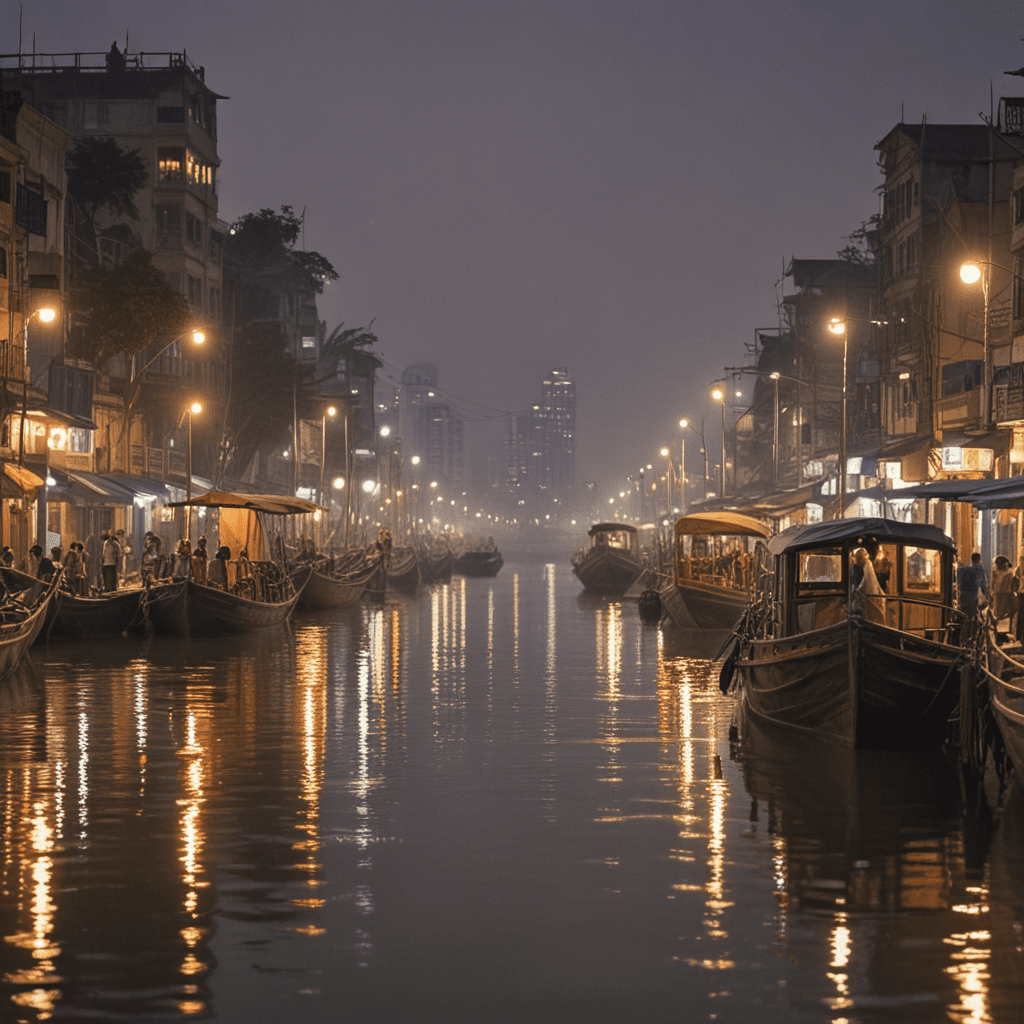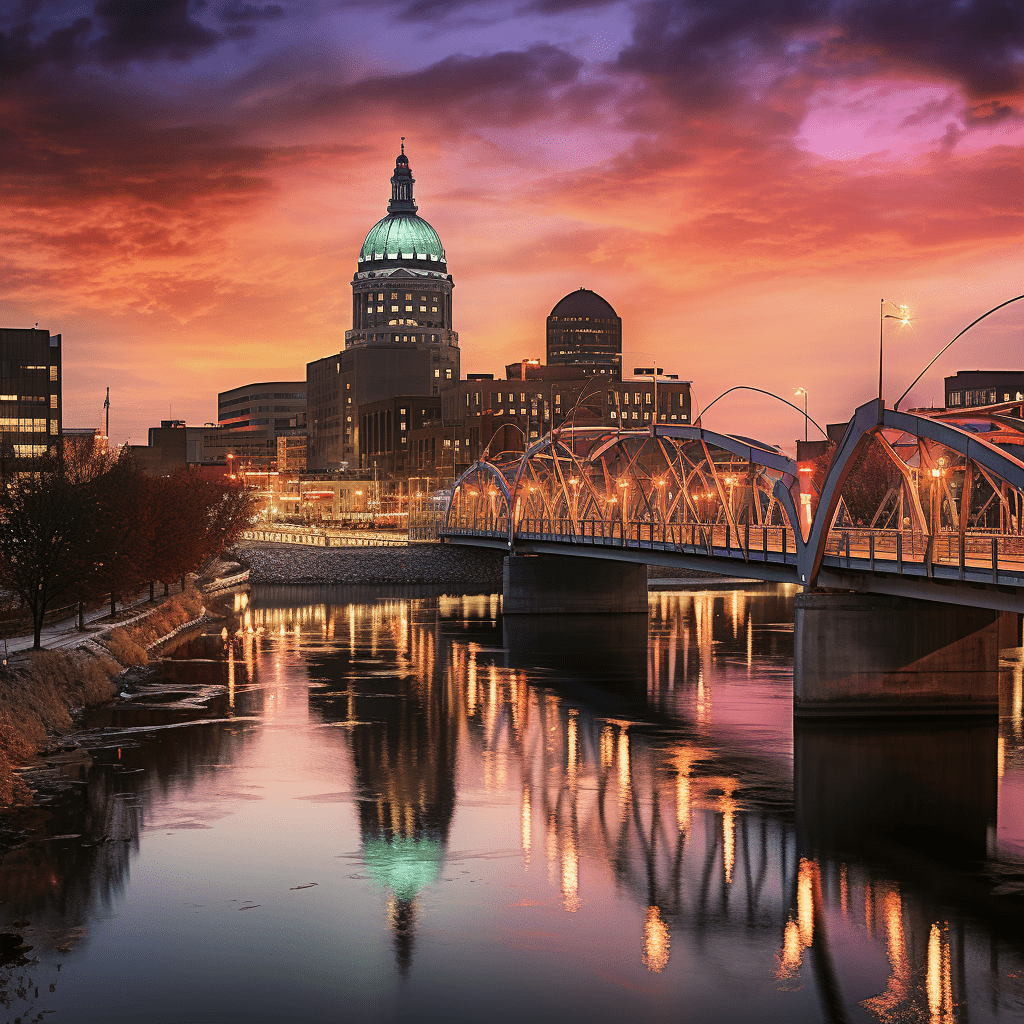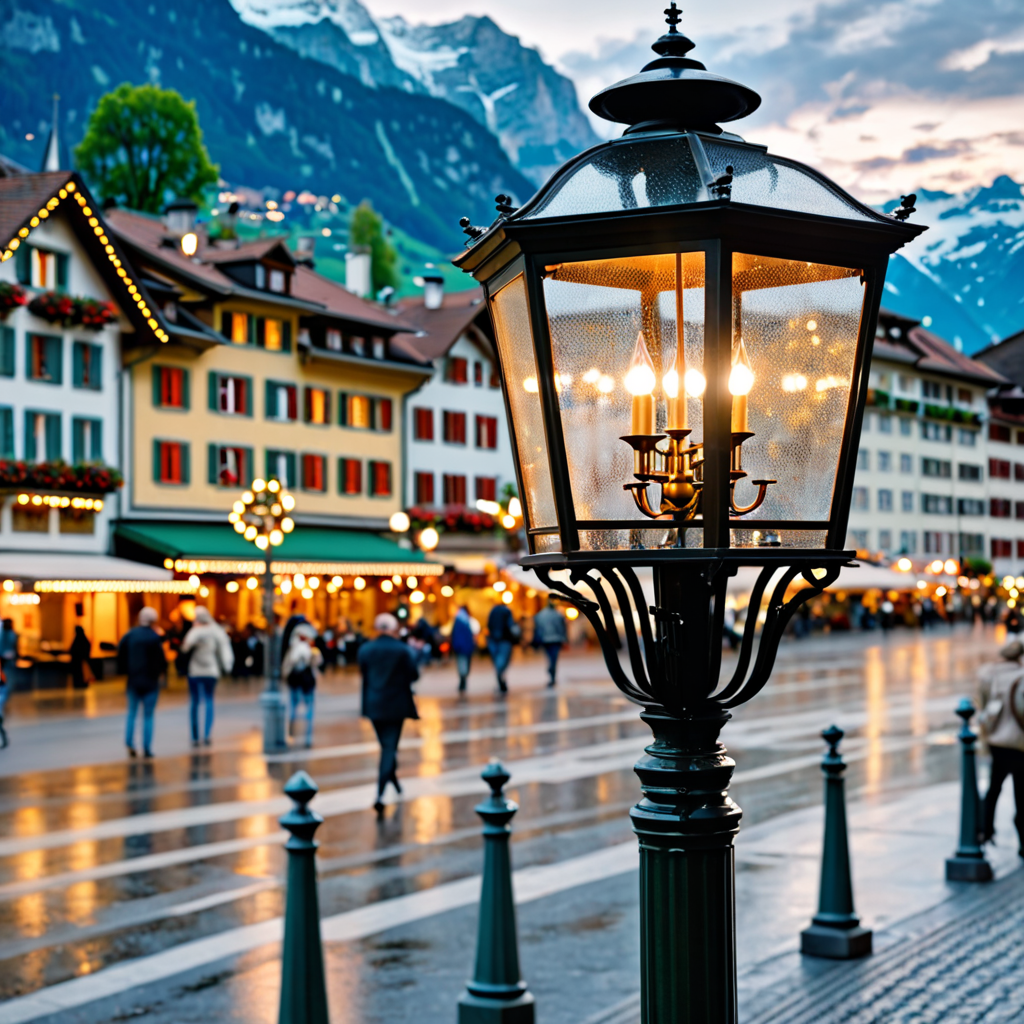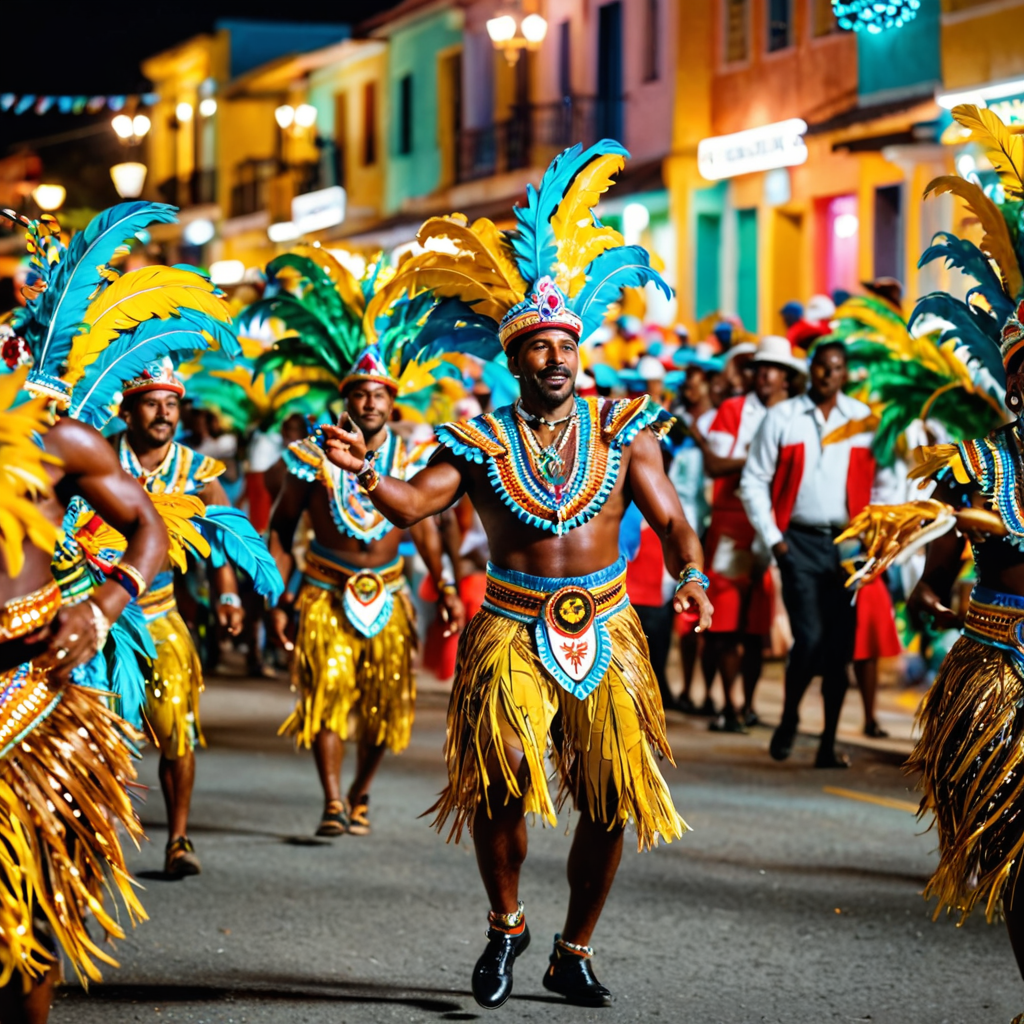Exploring the Waterfronts of Bangladesh
Bangladesh's waterfronts are a tapestry of natural beauty, cultural heritage, and economic significance. From the Sundarbans mangrove forest to the bustling ports of Chittagong and Mongla, the country's waterways offer a diverse array of experiences.
##1. The Sundarbans: A Mangrove Wonderland
The Sundarbans, a UNESCO World Heritage Site, is the largest mangrove forest in the world. This sprawling ecosystem is home to a rich variety of flora and fauna, including the elusive Bengal tiger. Visitors can explore the Sundarbans by boat, taking in the breathtaking scenery and witnessing the incredible biodiversity firsthand.
##2. Cox's Bazar: The World's Longest Beach
Cox's Bazar, stretching for over 120 kilometers, is the world's longest uninterrupted beach. The pristine sands and azure waters attract both local and international tourists. In addition to swimming and sunbathing, visitors can enjoy a variety of water sports, such as surfing, kiteboarding, and jet skiing.
##3. St. Martin's Island: Coral Reef Paradise
St. Martin's Island, situated in the Bay of Bengal, is a picturesque island renowned for its coral reefs. The island is a popular destination for snorkeling and diving enthusiasts, who come to marvel at the vibrant marine life. The island also offers pristine beaches and opportunities for kayaking and paddleboarding.
##4. Kuakata Beach: Serenity and Coastal Charm
Kuakata Beach, located in the southern coastal region of Bangladesh, is a peaceful retreat offering tranquility and coastal charm. The beach is known for its unspoiled beauty, long stretches of sand, and spectacular sunsets. Visitors can unwind on the beach, go for a dip in the sea, or explore the nearby mangrove forest.
##5. Mongla Port: Gateway to the South
Mongla Port, situated at the mouth of the Mongla River, is the second-largest port in Bangladesh. It serves as a major gateway for imports and exports, connecting Bangladesh to the rest of the world. The port also provides opportunities for fishing and maritime tourism.
##6. Chittagong Port: Hub of Commerce
Chittagong Port, the largest port in Bangladesh, is situated on the banks of the Karnaphuli River. It is a major commercial hub, handling a significant portion of Bangladesh's imports and exports. Visitors can witness the bustling port activities and learn about the importance of maritime trade to the country's economy.
##7. Dhaka Wharves: Navigating the Buriganga River
Dhaka Wharves, located along the banks of the Buriganga River in the heart of Dhaka, serve as a vital transportation hub for the city. Boats and ferries ply the river, connecting different parts of the city and providing a unique perspective on urban life. Visitors can take a boat tour to explore the riverfront, visit historical landmarks, and witness the vibrant street life along the banks.
##8. The Floating Markets of Bangladesh
Bangladesh is home to a network of floating markets that offer a unique shopping experience. These markets, typically held on boats or small vessels, sell a variety of goods, from fresh produce and seafood to handicrafts and clothing. Visitors can witness the lively atmosphere and interact with local vendors while browsing for souvenirs and traditional items.
##9. Village Life on the Waterfronts
Many villages in Bangladesh are located along the country's vast network of rivers and canals. Village life on the waterfronts revolves around the water, with locals using boats for transportation, fishing, and other activities. Visitors can experience the unique culture and lifestyle of these communities by visiting traditional villages and interacting with the hospitable locals.
##10. Conservation and Sustainable Tourism
The waterfronts of Bangladesh are facing various environmental challenges, including pollution, deforestation, and overfishing. Conservation efforts are underway to protect the country's unique ecosystems and ensure their preservation for future generations. Tourists are encouraged to practice sustainable travel by minimizing their environmental impact and supporting local initiatives that promote conservation.
##FAQs
What is the best time to visit the waterfronts of Bangladesh?
The best time to visit is during the dry season, from November to March, when the weather is pleasant and there is less chance of rain.
What are the must-see attractions along the waterfronts?
Some must-see attractions include the Sundarbans, Cox's Bazar, St. Martin's Island, Kuakata Beach, and Chittagong Port.
Are there opportunities for adventure activities on the waterfronts?
Yes, there are opportunities for a variety of adventure activities, such as fishing, kayaking, paddleboarding, and surfing.
How can I experience the cultural heritage of the waterfronts?
Visitors can experience the cultural heritage by visiting traditional villages, interacting with locals, and attending cultural events and festivals.
How can I contribute to the conservation efforts on the waterfronts?
Tourists can contribute to conservation efforts by practicing sustainable travel, reducing their environmental impact, and supporting local initiatives that promote conservation.



